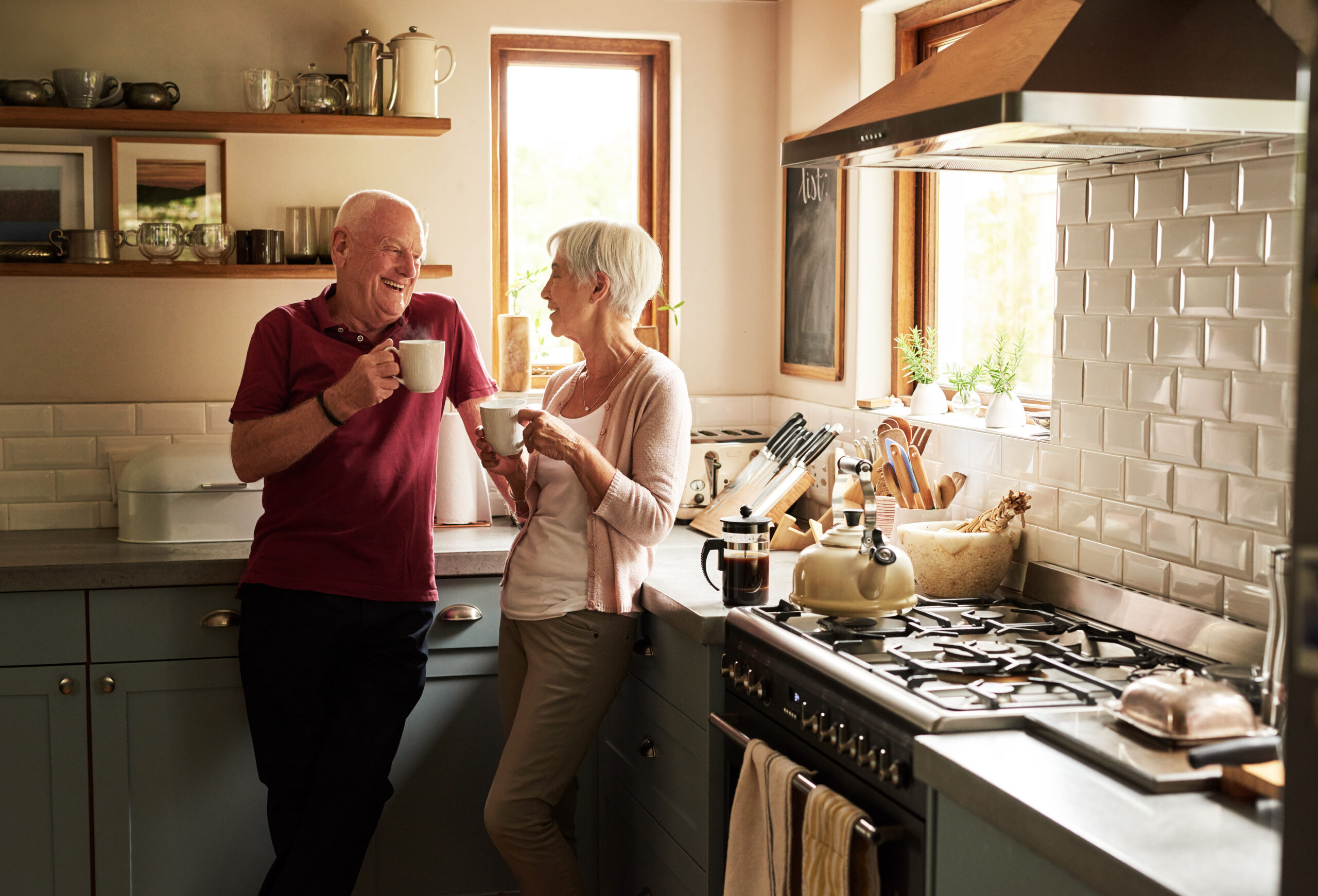If you’ve been weighing the benefits of placing a family member in an assisted living facility, the decision warrants new urgent consideration. Since the outbreak of the Coronavirus, almost 1,000 seniors have died, and close to 5,000 have contracted the virus.* The ranks of caregivers have also been severely depleted, making it difficult for facilities to provide care for the remaining residents.
Notwithstanding the health epidemic, aging in place has always been a popular alternative to assisted living.
An AARP poll reveals that nearly 75 percent of people hope to stay at home as they age. And the older they get, the less likely they are to want to move.
A recent Cornell University study reveals that almost 100,000 seniors could be staying at home, provided they have a safe support system in place.
*https://coronavirus.maryland.gov/pages/hcf-resources
That starts with a safer living space.
As a person ages physiologically, their physical environment needs to adapt. It’s not just about getting comfortable; it’s about avoiding falls. According to the Centers for Disease Control and Prevention**:
• One in four Americans aged 65+ falls each year.
• Every 11 seconds, an older adult is treated in the ER for a fall.
• Every 19 minutes, an older adult dies from a fall.
• Falls are the leading cause of fatal injury and the most common cause of nonfatal trauma-related hospital admissions among older adults.
**https://www.ncoa.org/news/resources-for-reporters/get-the-facts/falls-prevention-facts/
Remodeling for safety
Given the effects of a serious fall, your #1 priority is to create a space that substantially reduces the risk of falling. There is a lot you can do to create a comfortable, safe senior living space.
Aim for a single floor living space.
Ideally you want a ground floor space that is easily navigable and close to a full bathroom. The fewer stairs there are to navigate, the better.
Installing a bathroom on the ground floors may seem costly and your other option is to install a chair lift or an elevator. Cost aside, these solutions still don’t address the need to get to a bathroom quickly. Available space may enable you to convert a room adjacent to a half bathroom into a full bathroom attached to a bedroom.
Make the bathroom easy to access and use.
Access to the bathroom is critical. Ambulatory mobility decreases with age and you need to constantly anticipate the demands it creates. Widening the doorway to 32 inches allows for easy walker and wheelchair access.
In the bathing area, consider a curbless shower with a bench and grab bars. A tiled shower area with recessed shelves at arm’s level eliminates the need to stoop down to the floor or reach up to a shower rack. Multiple shower heads improve comfort, and electronic no-touch faucet controls are easier on arthritic hands.
You may also want to consider installing automatically activated lighting throughout the entire house.
Make the kitchen more convenient and comfortable.
With the aging process, lower back and hip pain is a common problem. So, you may want to consider flooring that’s more forgiving than tile. Cork, vinyl, and linoleum are all comfortable options. If a wheelchair is required, you may want to consider a single consistent flooring finish, like wood, throughout the house.
To further reduce pressure on the back, add a seating space with a dedicated food preparation surface. And make sure the aisles between counters are wide and easily maneuverable.
New appliances also add comfort and convenience. A side-by-side, double door refrigerator/freezer is easier to open if you’re in a wheelchair. Replace your over-the-range microwave with a countertop model and you eliminate the effort of lifting heavy dishes above your head; consider a countertop or drawer model. Placing the oven at eye level eliminates bending and squatting. If you’re dealing with respiratory issues, an electric convection range offers all the speed and convenience of gas, without the harmful fumes.
When choosing countertops, consider adding a contrasting color around the edges. For people with impaired vision, the color delineates the edge of the counter and helps to avoid spills that can be painful and messy. A well-lit kitchen is absolutely essential for safety. Lots of lighting under cabinets dramatically improves visibility.
What’s good for the kitchen is good for the house.
An abundance of light throughout the house creates a cheerful mood and a healthy atmosphere. Obviously, natural light is preferable, so consider the addition of skylights and windows that openly easily to allow for a flow of fresh air.
If you’re replacing the flooring, consider a surface that provides warmth and comfort and eliminates the need for carpets that can cause tripping and hinder the use of wheelchairs.
These are just some of the ideas that can make a home infinitely safer for an aging relative. All of which begs the question: what does it cost?
While the cost of remodeling should never be a deciding factor in ensuring the safety and comfort of a loved one, it is worth noting that renovation costs substantially less than assisted living or nursing home accommodation over time.
Here’s the good news. Getting an estimate is free. If you’re interested give us a call.

